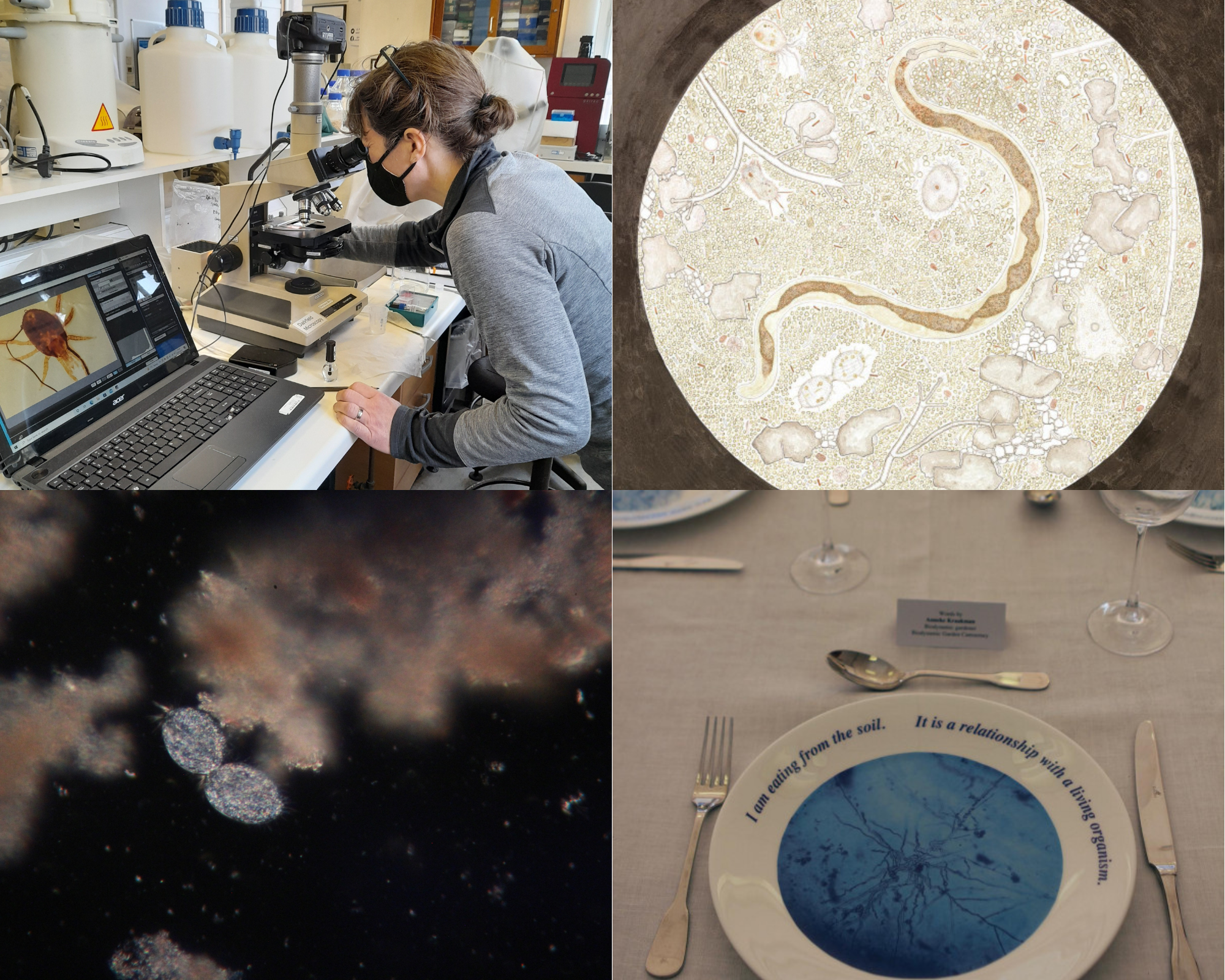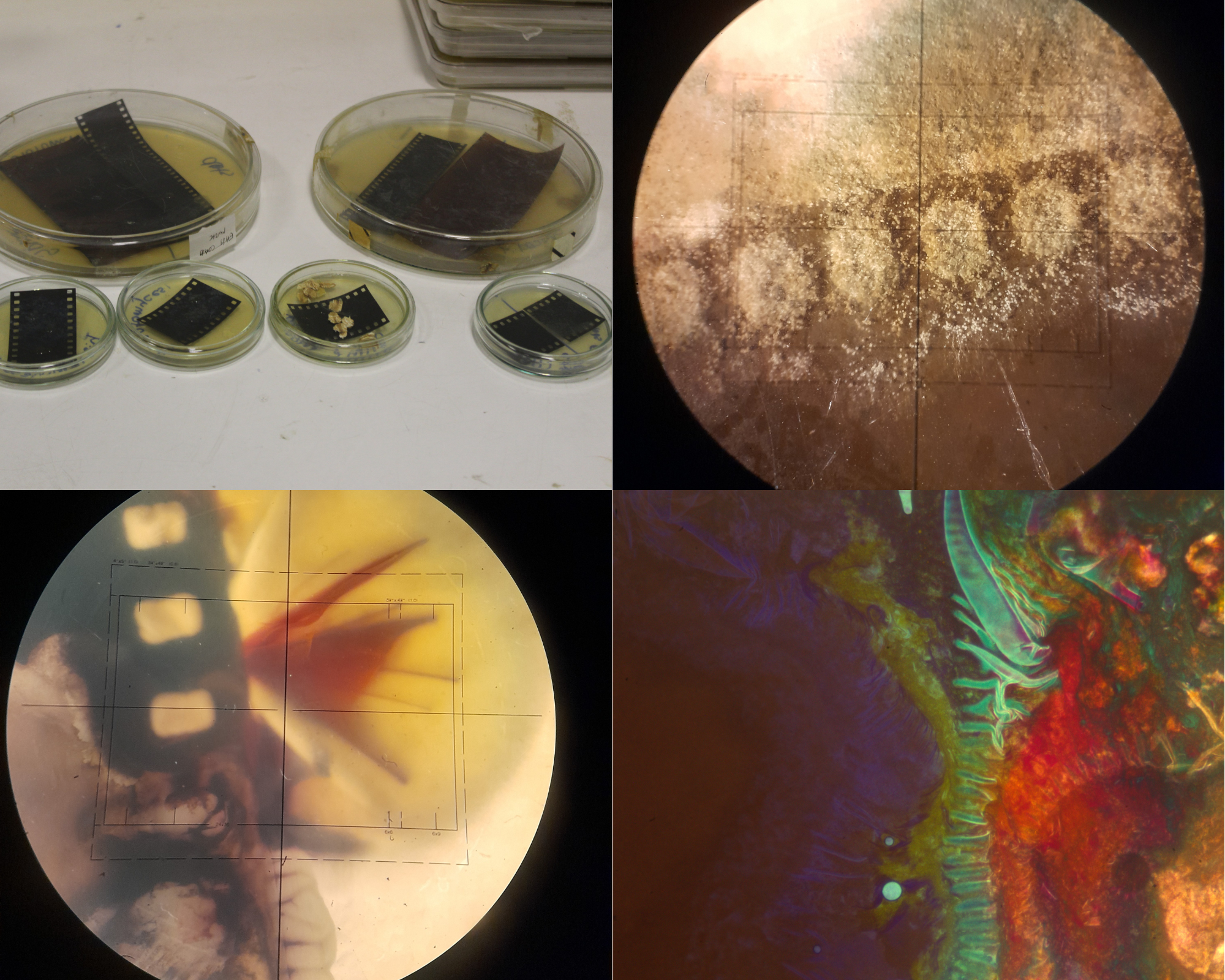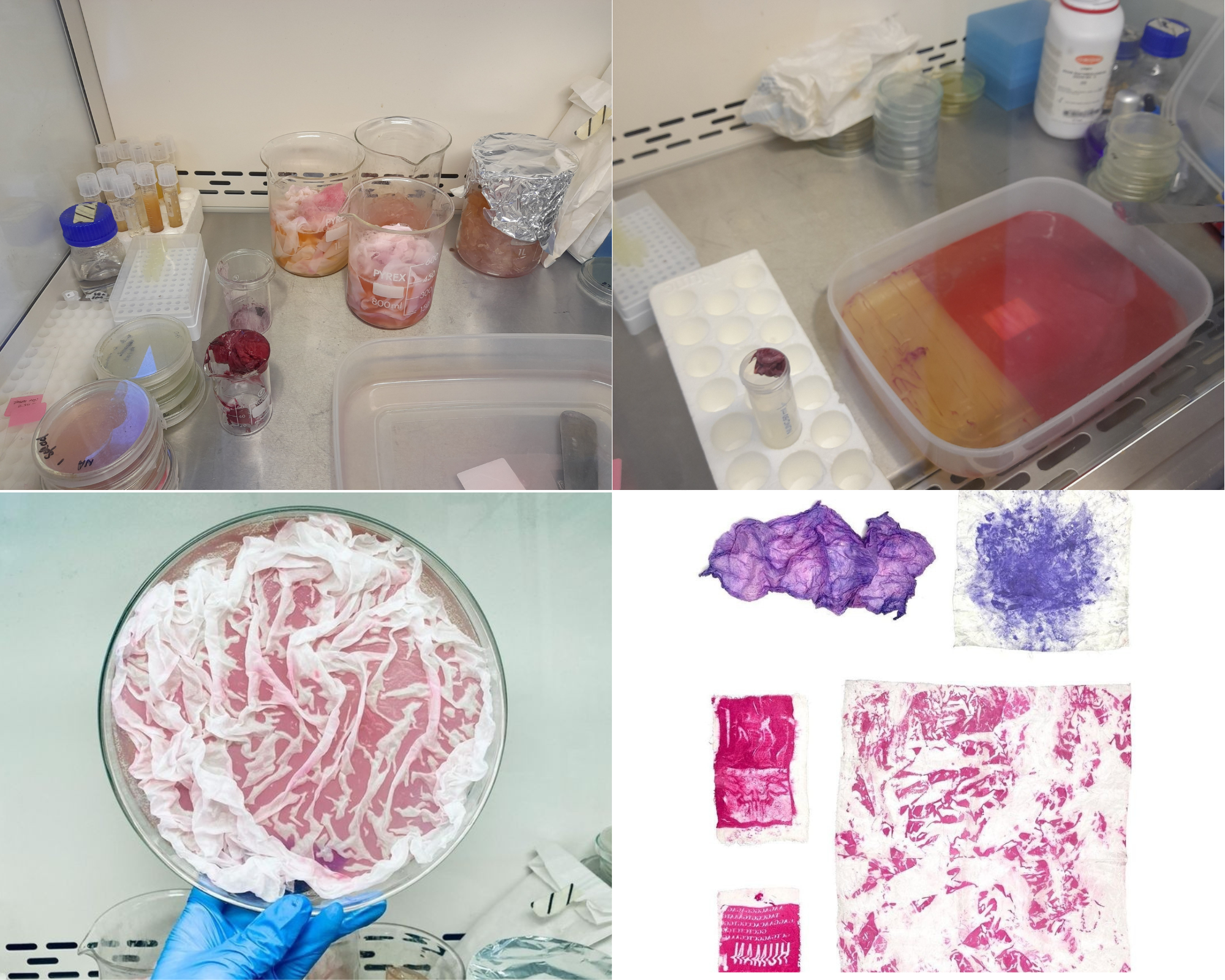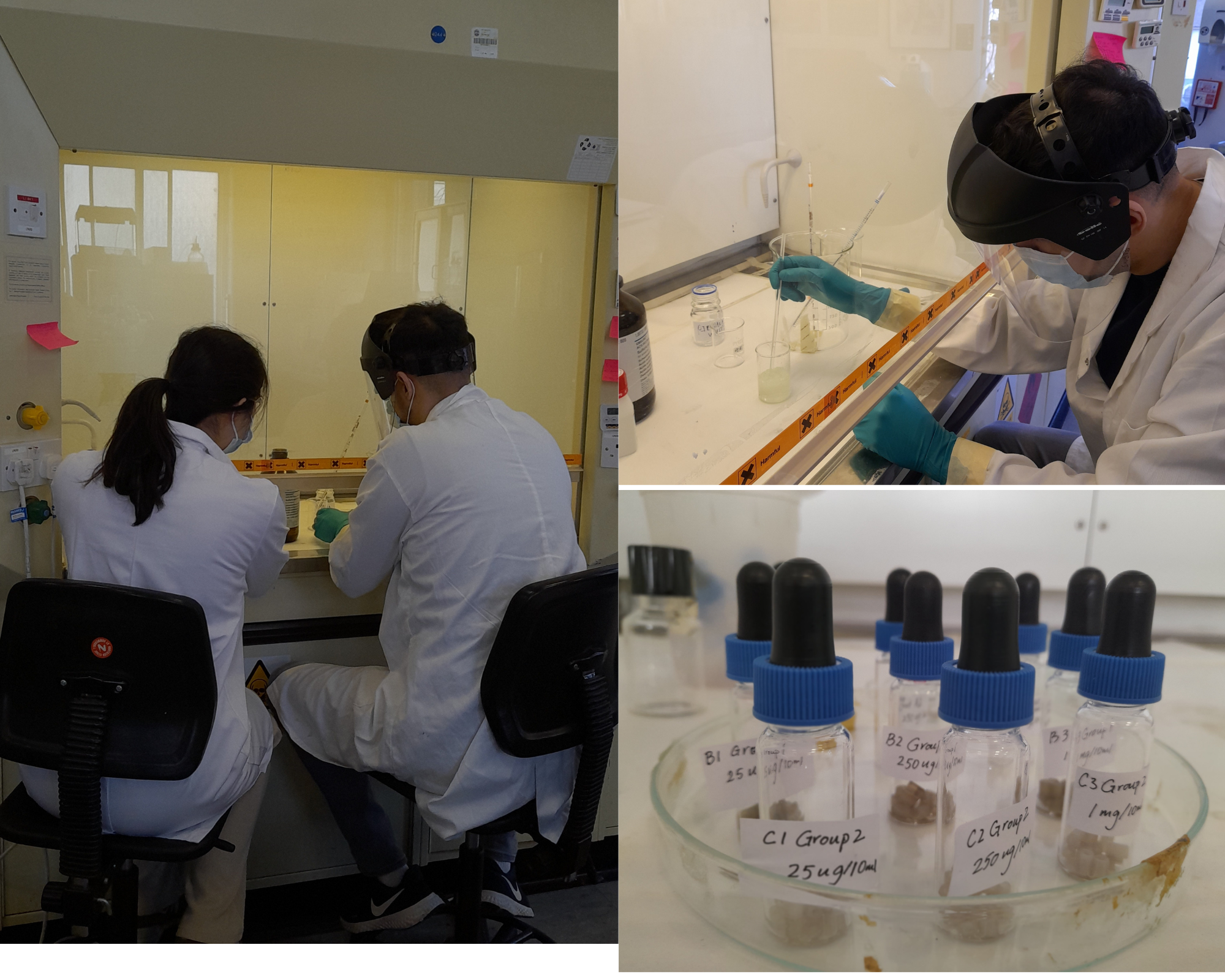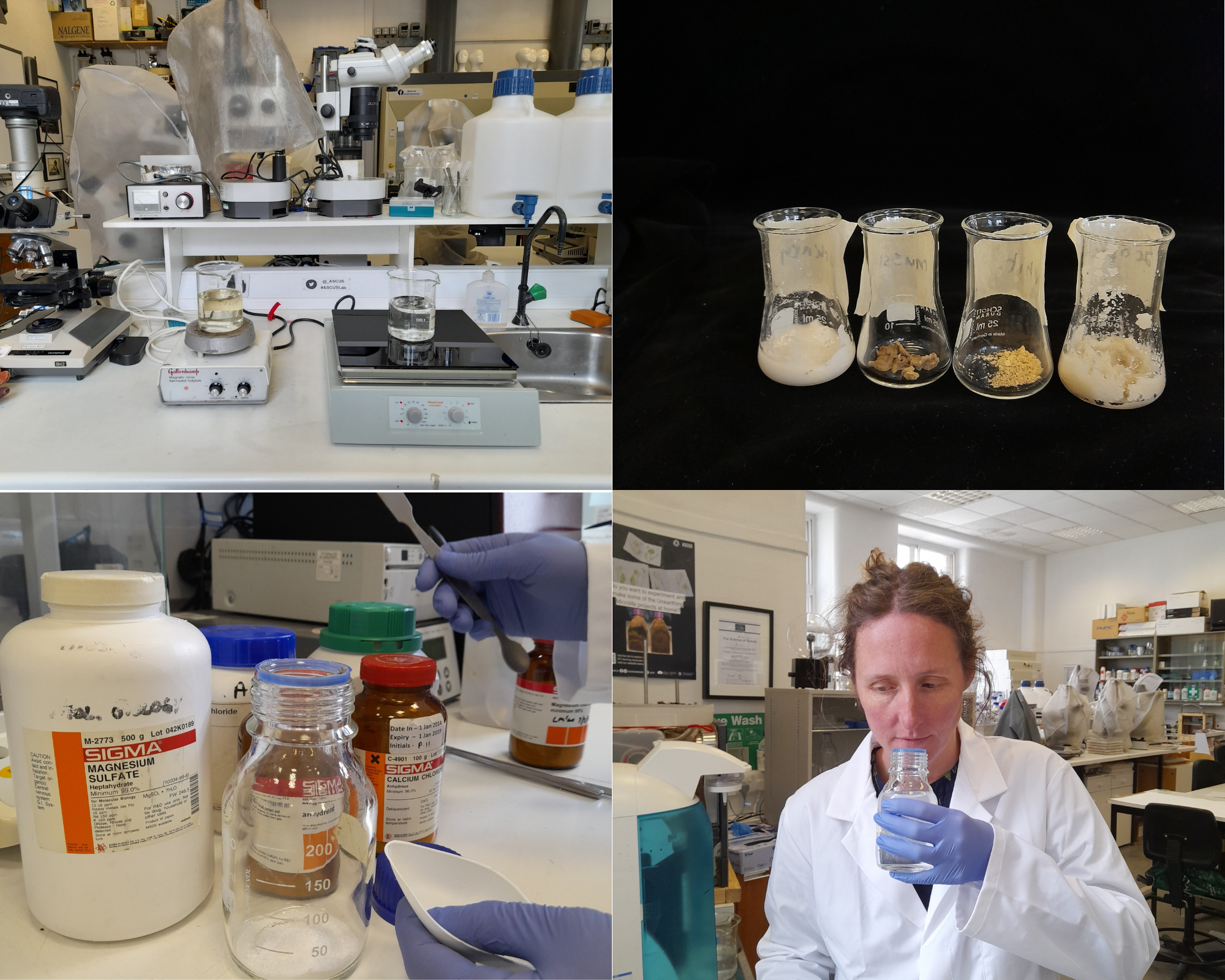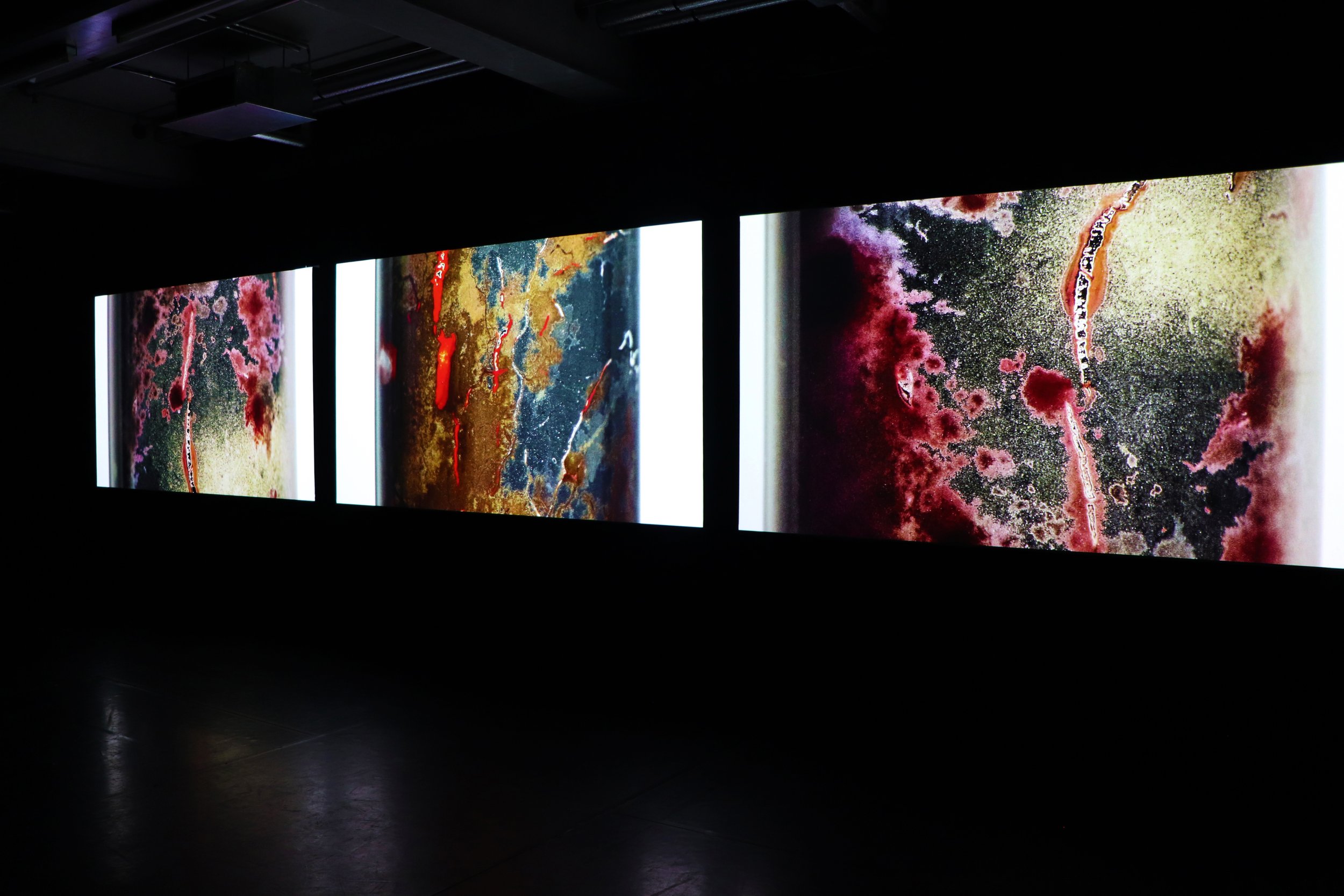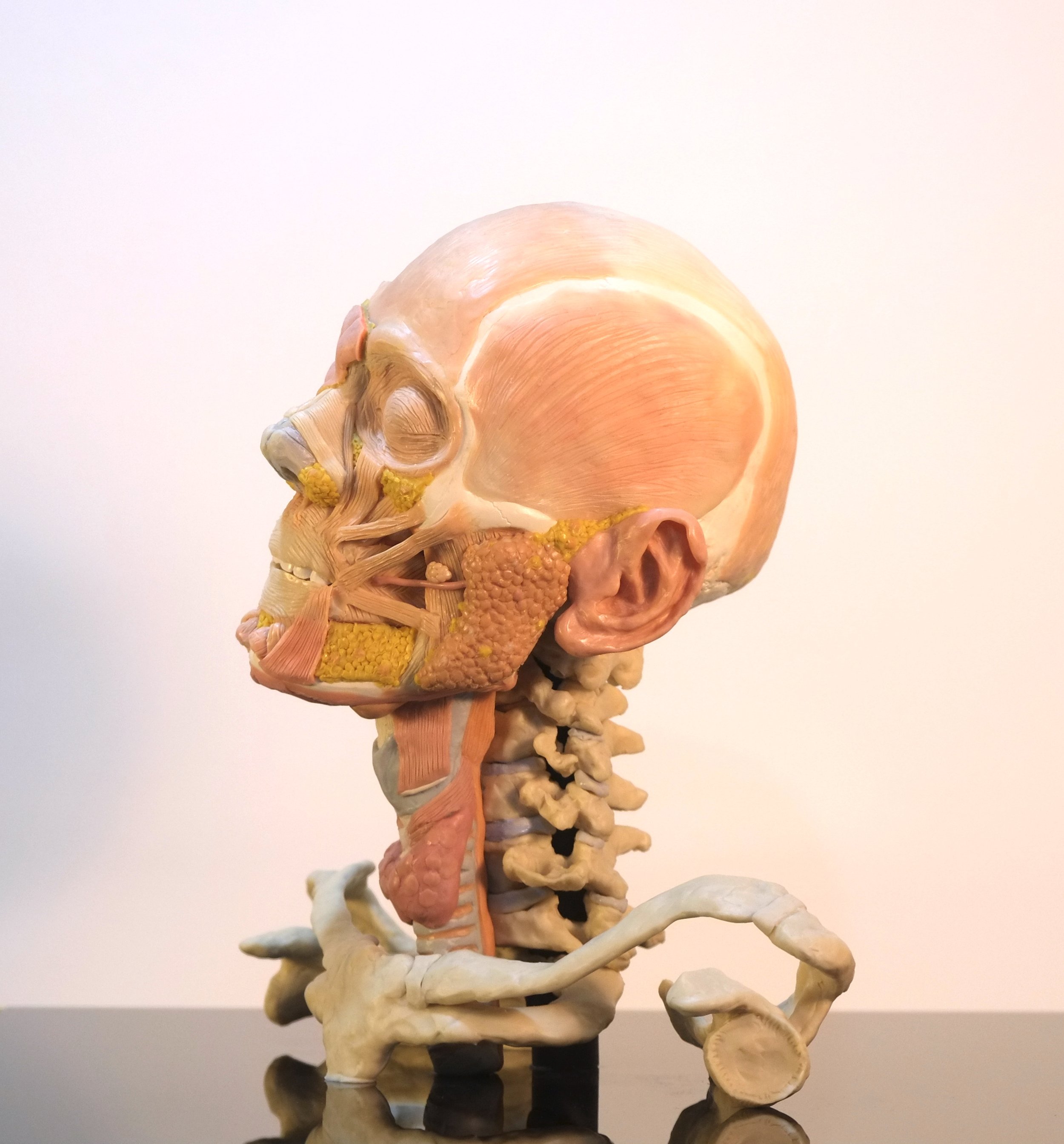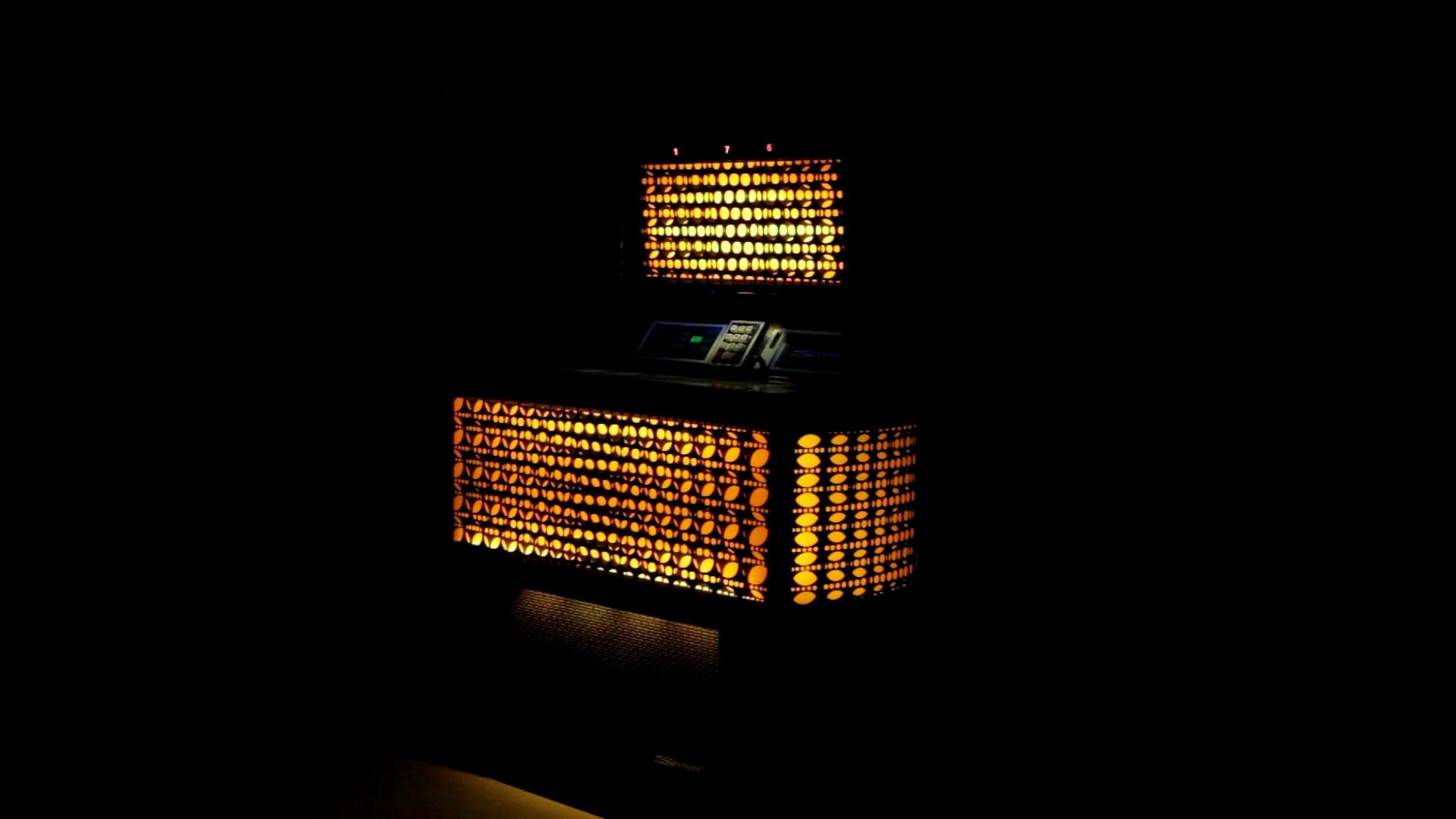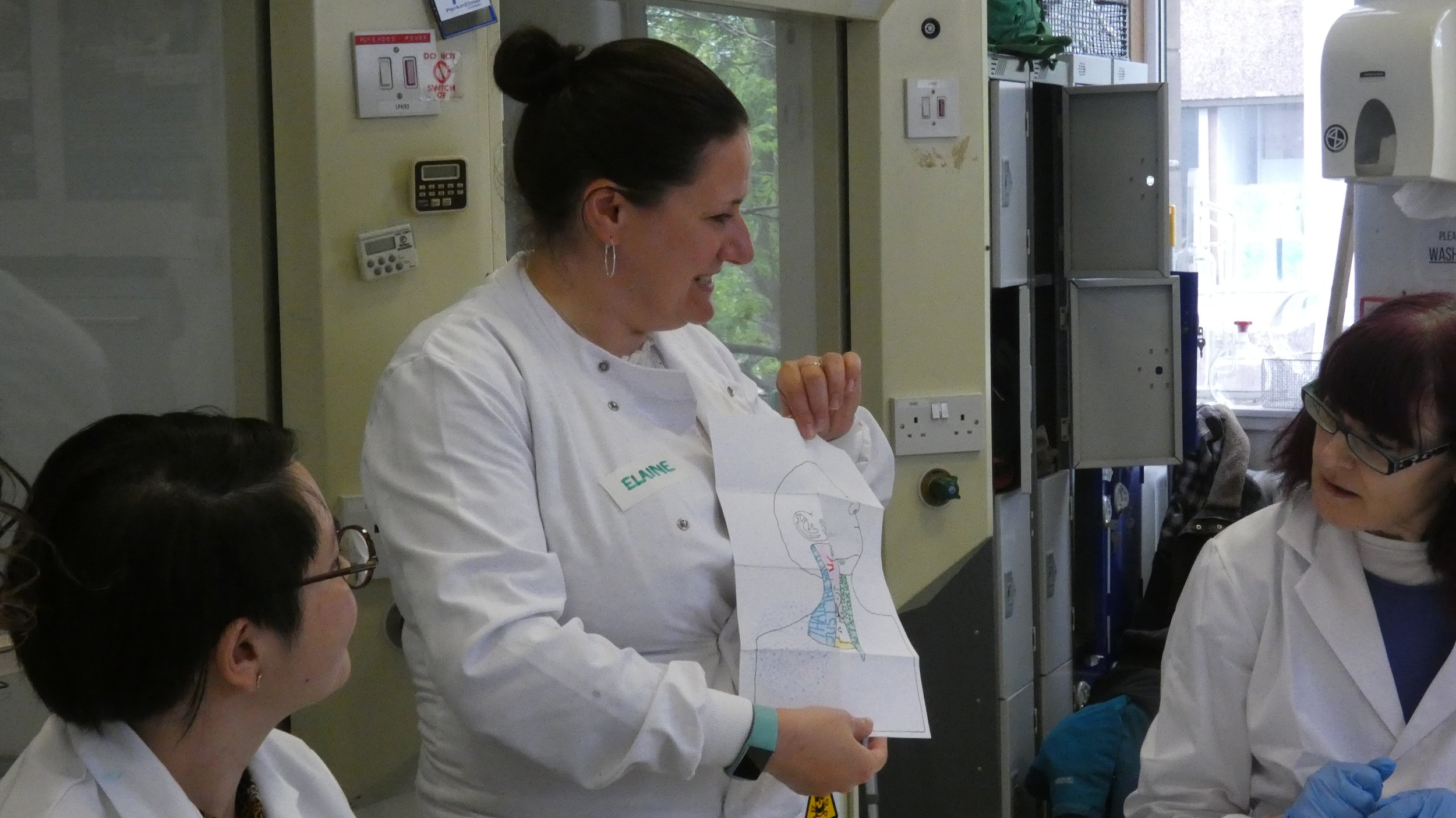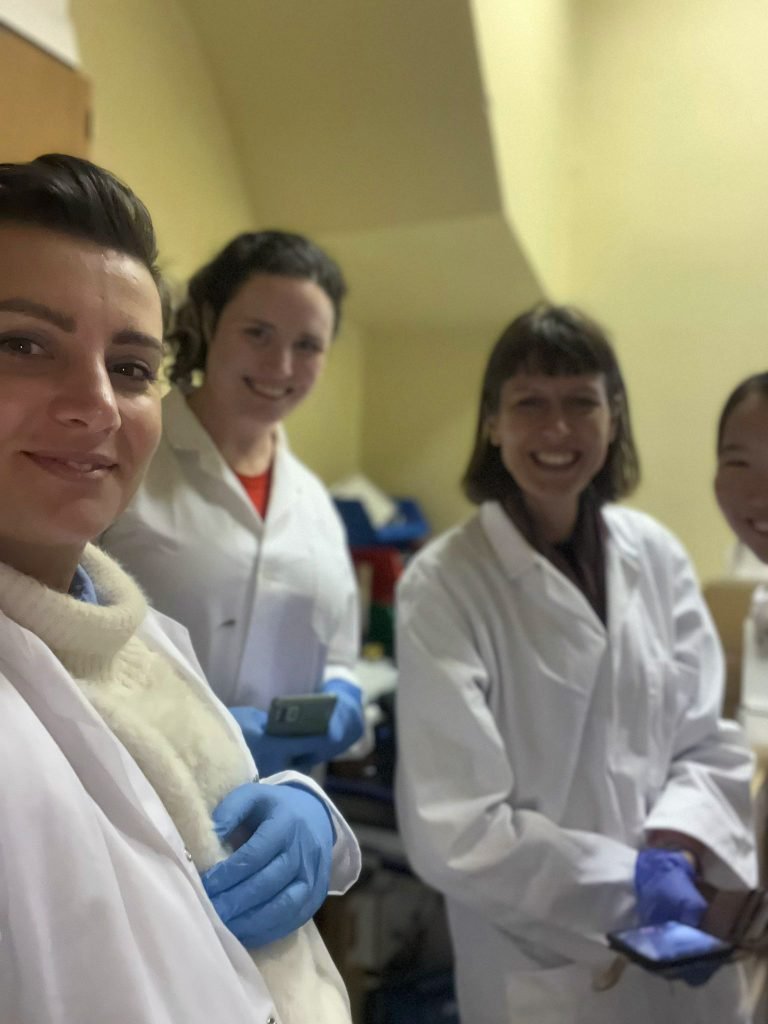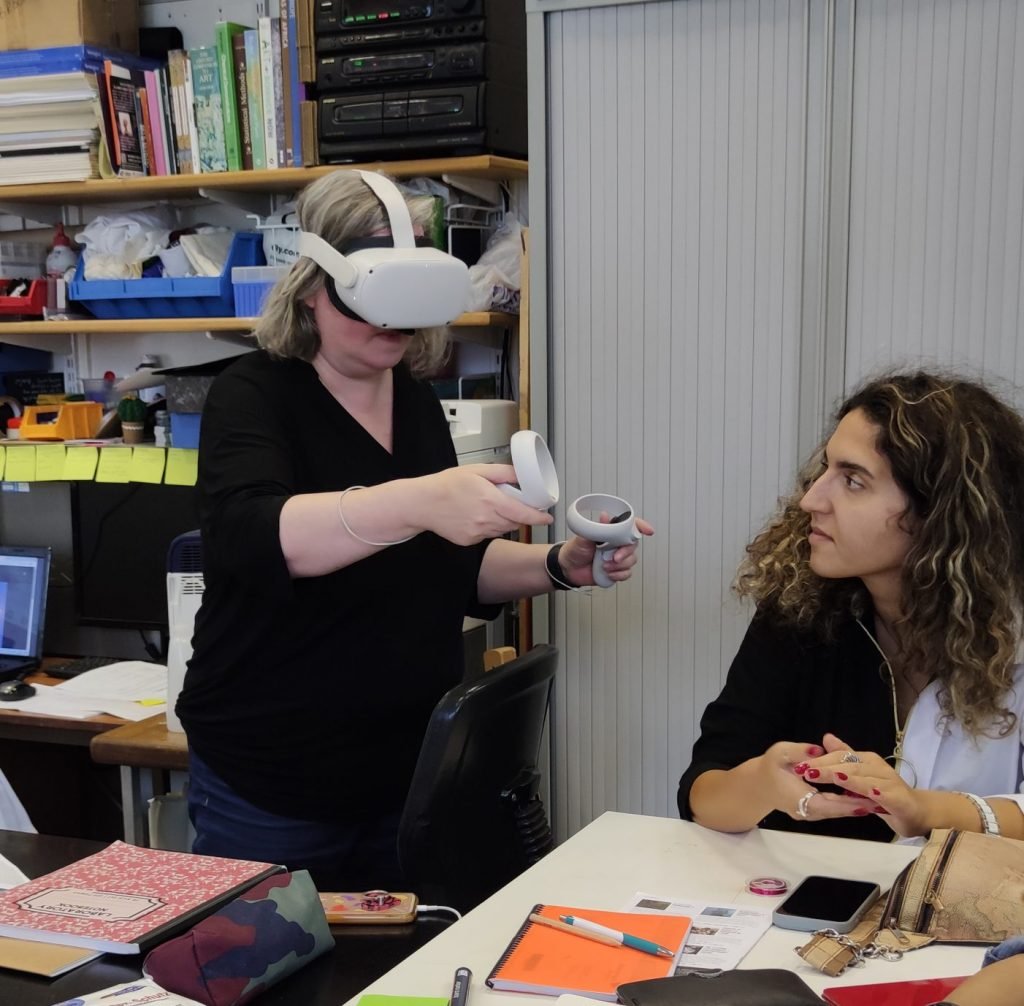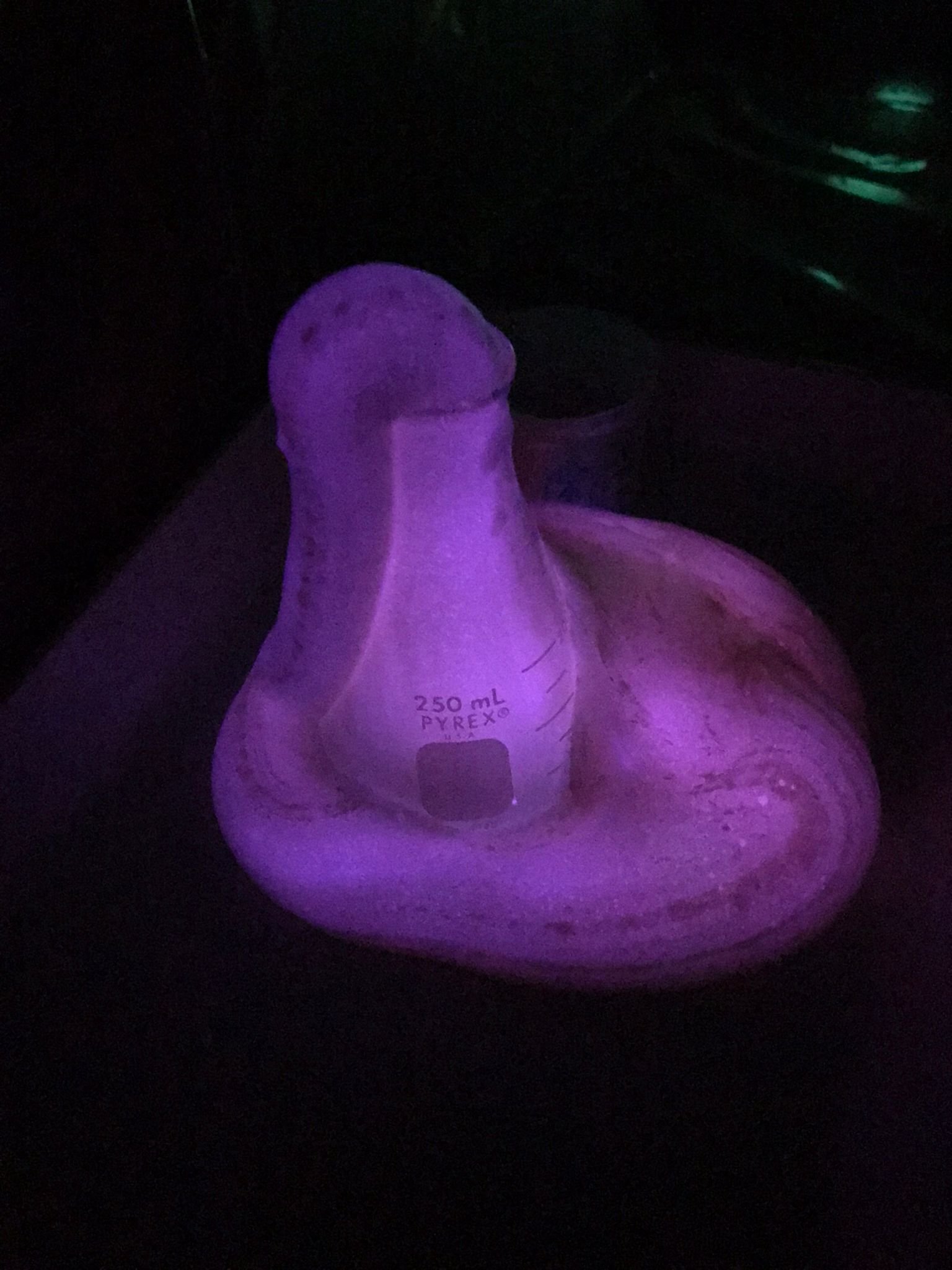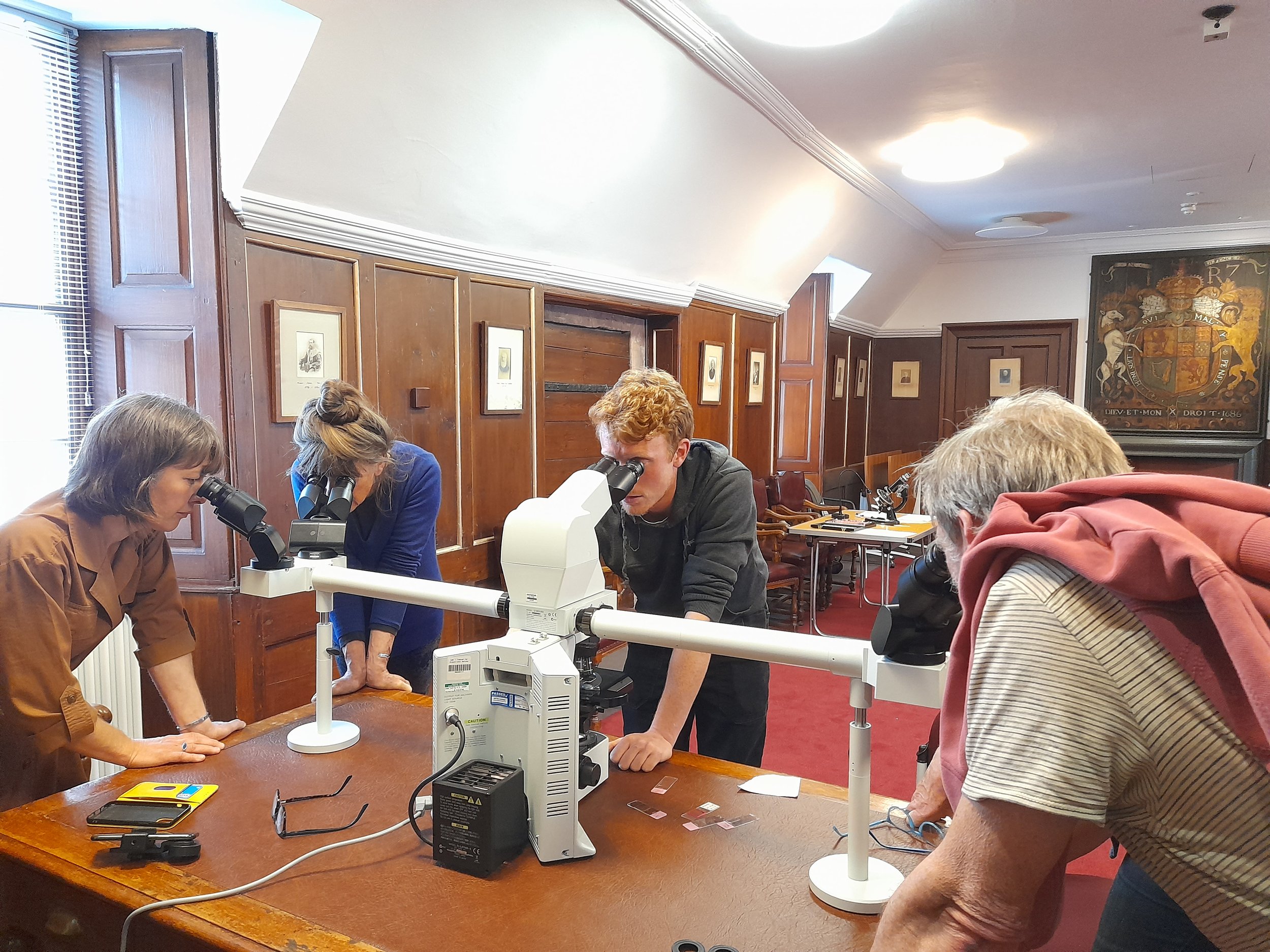2022 - ASCUS Over and Out!
Well 2022 was an absolute whirlwind!
Looking back, this year has been nothing short of incredible. Challenging? Absolutely! But seeing how many successful events and lab projects we have been able to host and be a part of reinforces just how wonderful our ASCUS Team and community is. Whether you have used our lab facility, hired our equipment for your own workshops, collaborated with us on your project, made donations, liked a social media post, told your friends, colleagues or students about us, or just had time and space to have conversations with us, we are so thankful for all your support. We’ve had the most amazing workshops, artist projects, and run some brilliant events that we hope you will enjoy reading about.
Lab sessions
It’s been heartwarming seeing the lab come more alive again after the lockdowns made it an eerie space of silence. The diversity of the projects we get to work on and the ideas our lab members approach us with never fail to amaze us. We are so proud to be able to provide such a wonderful facility that enables people to work with scientific concepts and bring ideas into fruition. Below is just a small showcase of some of the work that's taken place over the course of this year.
Our lab is publicly accessible and a unique space for interdisciplinary research so, if you have a project in mind that you have always wanted to pursue but couldn’t find the place that had what you needed to carry out your vision, this is the sign from the universe that you’ve been waiting for. Enquire about the ways to explore, carry out your creative experimentation and use our microscopes for your creative practice or just out of curiosity!
Edinburgh Science Festival
Together with Summerhall as part of the 2022 Edinburgh Science Festival, we launched our visual arts program, Bioverse, which focused on interactions between microbes, humans and the biodiversity of our internal and external ecosystems. Featured exhibitions included The Rooted Sea by Sonia Mehra Chawla where immersive installations brought into focus the unseen microbes and plant life that our invaluable coastal wetlands rely on to continue their vital function as carbon sinks. G-lands: An Out of Body Experience by Emily Fong followed the journey depicting how behind the scenes human to human collaborations are vital to our healthcare systems and the scientific research involved in treating and better understanding disease. Black Box by Louise Mackenzie and Kasia Pirog explored a range of themes including co-existence, collaboration, regeneration and our deeply intertwined relationship with the microbial world in a series of films.
G-lands: An Out of Body Experience Saliva Sessions
In addition to Emily Fong’s visual art exhibition, we hosted a number of workshops and a panel discussion in collaboration with artist Emily Fong, salivary gland regeneration researcher, Dr Elaine Emmerson and the Centre for Regenerative Medicine for those affected by head and neck cancer. The workshops allowed participants to get hands-on with experiments, such as extracting DNA from their saliva, looking at salivary glands under the microscope and culturing their natural microbiome present in their saliva, all whilst learning about Dr Emmerson’s research that aims to help with long term side effects some experience as a result of undergoing radiotherapy treatment. The sessions also included reflection, sharing and culminating creative works in the form of zines, hanging bone-china sculptures, and drawings. The stories shared and the incredible people we met along the way was an incredibly moving experience and we are so thankful to have been a part of it.
Molecular Architectures
In collaboration with chemist, Dr Amanda Jarvis from the University of Edinburgh, we hosted two events this year that delved into the crossover between design and chemistry. The first event we hosted was a panel discussion which is now available on our YouTube channel in two parts.
The first consists of talks by researchers and designers with a background in Chemistry-Design collaborations, while the second brings these panelists together to have a discussion around their collaborative projects.
The second event was a workshop that took place in ASCUS Lab where chemists, artists and designers shared the approaches, concepts and language used during their respective design processes, to learn from one another. Through creating polymers, glow in the dark foam and a presentation on molecular chemistry by Dr Jarvis, participants explored themes of sustainability, materiality and cross-disciplinary language. Read more about this workshop here.
We are so looking forward to Phase 3 of this project coming in 2023. Keep up to date with this next phase here.
Workshops
Have you ever been to a music festival and expected to see a microscope activity on the setlist? No? That’s what we thought, but combining art with science is in our nature, so off we went with our microscopes and some volunteers to run microscopy sessions at the Knockengorroch Music Festival in May and what an absolute blast we had. Festival goers taking a break from the dancing and music collected their own samples from the surrounding area as well as explored some of the ASCUS slide collection that we brought along. It was very apparent after the session that there were other micro-festival-goers enjoying the party too!
We were invited to co-host a microscopy session, The Secrets of Soil in Dunbar with artist Natalie Taylor. Farmers, families and brought in their own soil samples from their gardens, farmlands and veggie gardens to see and understand the importance of diverse microscopic life in soil.
If you were enjoying some salty air in autumn, you might’ve seen us on the Portobello Promenade with our smartphone microscopes as part of the Porty Art Walk, this time looking at all things beachy.
Working with anthropology PhD student, Iona Walker we hosted a workshop for anthropology students that focused on the social life of soil. ‘We are not separate from the soil’ invited participants to engage creatively and anthropologically with soil as a more-than-human substance through making 'found poems', creating soil chromotographs and inviting new perspectives through microscopy. The workshop provided opportunities for thinking together about soil as an overlooked but vital substance: not only for nourishing our ecosystems, but also for provoking new ways of imagining research and collaboration.
All of these sessions were such fun as it is always a joy seeing the excitement people have when seeing things they have never seen before and we look forward to more events like these in 2023.
What's next
Our 2023 calendar is filling up fast with some exciting projects and events and we can’t wait for them to get started. Until then, we hope you all have a fantastic festive season, manage to get in a much needed break and we’ll see you in the new year!

